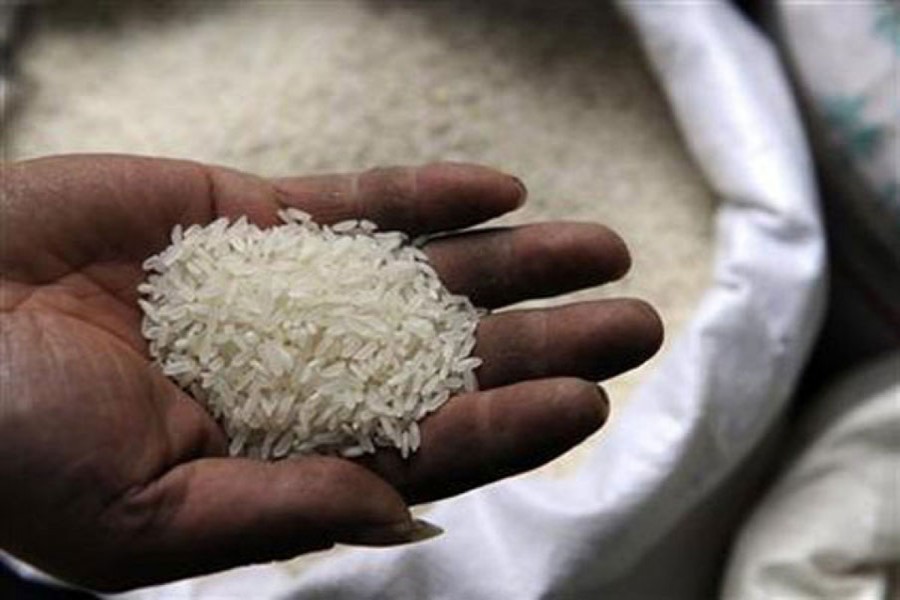The question of rice yield from the coming Boro season is bothering the policymakers as well as others concerned. The foremost reason behind this is without doubt the coronavirus-induced lockdown that will make movement of labour difficult, if not impossible. Already the media has come up with news that Sunamganj region will be waiting for labour from some north Bengal districts. It is a common trend in the country for inter-district movement of harvest-time labour. The authorities will be prudent enough to allow, to a limited extent, such movement during the harvesting season. It will be in the full swing in a month's time; preparedness for harvesting needs gearing up. In this scenario, rice price which has been on the up since the last couple of months is set to register further rise. Pre-emptive steps will have to be taken to stabilise the rice market and keep this staple within the buying power of most people, otherwise food basket-based household expenditure pattern will be spiked.
This year a lesser acreage of land has been brought under Boro cultivation. Although the government has a stock of about 1.3 million metric tonnes of rice now from the previous yield, serious thinkers in the field have warned of a possible real shortage. Besides, the issues of social safety net are involved. At the same time, the government needs to increase its procurement drive. One of the reasons that may have dampened this season's Boro crop-acreage was an abundance of Aman production last season. Besides, the country indeed suffers from a comparative shortage of agriculture labour. Market is the ultimate arbiter in this matter. In some places the introduction of mechanical harvesters at a low cost for landowners has come to the focus. However, although most of the ploughing and sowing are done mechanically, harvesting has not yet reached that stage. Which means it is still dependent largely on manual labour.
A proposal has been floated that big millers and rice traders have to be brought together to reap the best of the Boro crop. When a market works best with all the actors following the rules of the game there should not be any shortage. The question of restriction on export has also been suggested. Indeed, with a rise in rice price in the international market, people may feel tempted to export. This tendency has to be stopped at any cost. With a projected shortfall in production any export adventurism is to be nipped in the bud. It seems the whole government machinery is alert to the situation, which this year is different from the previous ones. Already development partners and international bodies have come up with a very conservative estimate for the growth scenario next year. With hundreds of thousands of the workforce without any employment in the garments sector and in other industries, the total picture is not encouraging. Redeeming however is the fact that in matters of food harvesting and procurement, community participation and social distancing need not be mutually exclusive -- the stipulation about physical distancing can be met without let-up. The coming Boro crop must be harvested to the full, so that the people are not famished. Avoidance of a shortage of rice would open the door to a radiant tomorrow.


